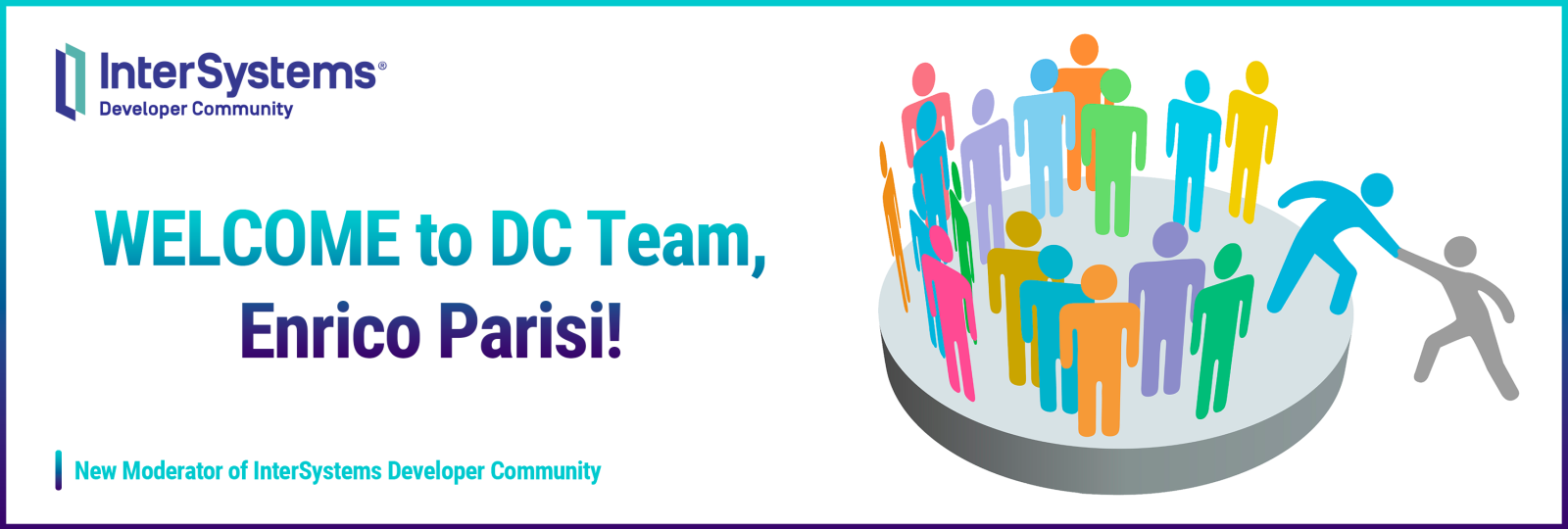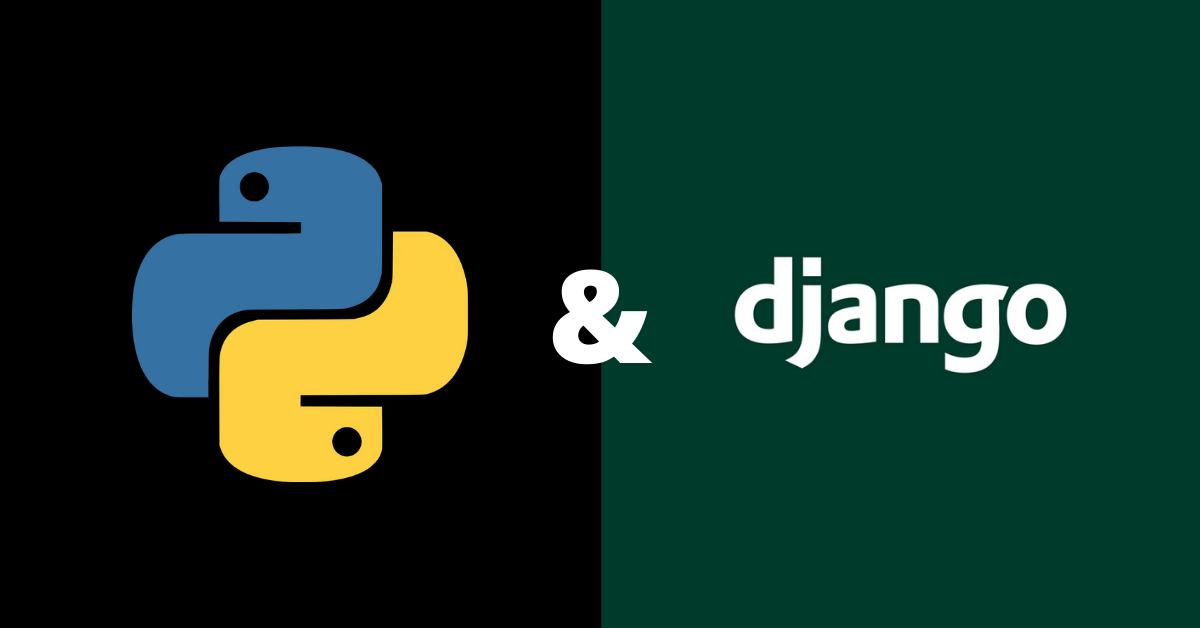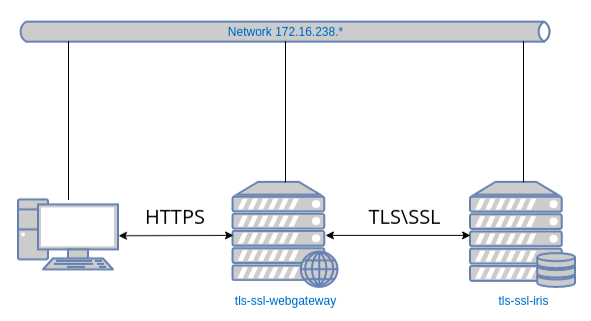InterSystems is committed to providing a high quality developer experience including a great IDE (Integrated Developer Experience). For the past several years we have been evolving Visual Studio Code's ObjectScript tooling in parallel with our long-standing IDE, InterSystems Studio. There have been over 46,000 downloads of the VSCode-ObjectScript plugin, and the feedback from developers is that this is a great developer experience, and now superior to InterSystems Studio.
Suppose you have developed your own app with InterSystems technologies stack and now want to perform multiple deployments on the customers' side. During the development process you've composed a detailed installation guide for your application, because you need to not only import classes, but also fine-tune the environment according to your needs.
To address this specific task, InterSystems has created a special tool called %Installer. Read on to find out how to use it.







.jpg)